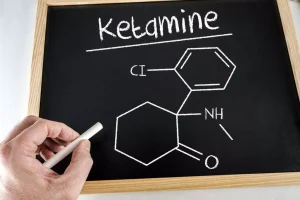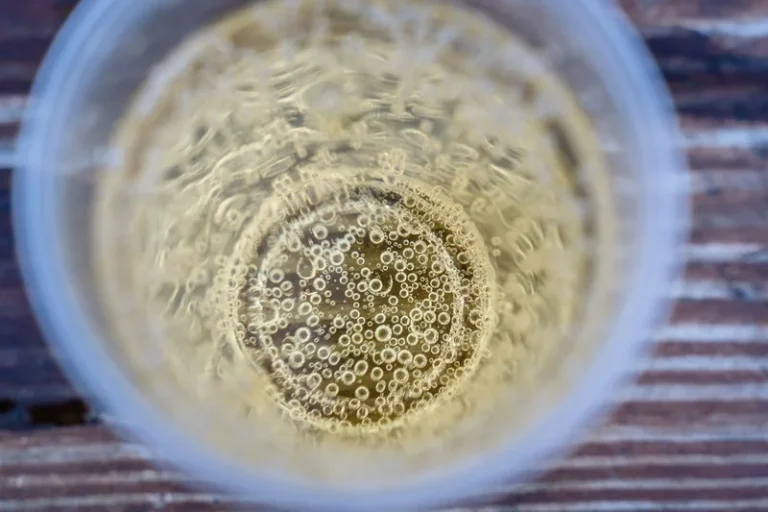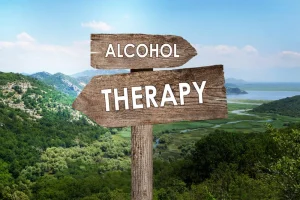When BAC reaches high levels, blackouts (gaps in memory), loss of consciousness (passing out), and death can occur. Both men and women can be affected, however women tend to have higher blood alcohol levels after drinking the same amount of alcohol as men, so may be at greater risk of alcohol poisoning. It is best if their behavior has been observed while the subject is sober to establish a baseline. Several well-known criteria can be used to establish a probable diagnosis. Unhealthy alcohol use includes any alcohol use that puts your health or safety at risk or causes other alcohol-related problems. It also includes binge drinking — a pattern of drinking where a male has five or more drinks within two hours or a female has at least four drinks within two hours.
How many drinks can lead to alcohol poisoning?
There is no way to reverse alcohol poisoning; medical intervention is needed to protect the individual’s life. Calling 911 and keeping your friend safe until help arrives is the first step to safely treating someone with alcohol poisoning. can you overdose on kratom Aspirin and ibuprofen (Advil, Motrin IB, others) can cause your stomach to make more acid, which can irritate your stomach. And acetaminophen (Tylenol, others) may cause serious liver damage if taken with too much alcohol.
Alcohol Overdose
Like alcohol, these drugs suppress areas in the brain that control vital functions such as breathing. Ingesting alcohol and other drugs together intensifies their individual effects and could produce an overdose with even moderate amounts of alcohol. For a man, binge drinking is when you have five or more drinks in less than 2 hours. Teens and college-age adults are most likely to engage in binge drinking. It can lead to complications such as choking, brain damage, and even death.
Alcohol Poisoning Risk Factors
- In some instances, oxygen may be administered by placing a mask on the face.
- But alcohol poisoning is so serious, that not calling 911 could result in death.
- By Buddy TBuddy T is a writer and founding member of the Online Al-Anon Outreach Committee with decades of experience writing about alcoholism.
- But as you continue to drink and your BAC rises, your blood vessels start to constrict and reduce blood flow and, therefore, heat distribution.
- However, severe alcohol overdose may cause seizures, resulting in brain damage if oxygen to the brain is cut off.
When a person drinks alcohol, ethanol passes through the digestive system and enters the bloodstream through the linings of the stomach and intestines. If an individual drinks alcohol on an empty stomach, their BAC usually peaks within 30–90 minutes. The symptoms of alcohol intoxication range from mild to severe, depending on how much alcohol a person consumes and how quickly their body metabolizes it. Rapid drinking can bring BAC so high that mental and physical functions are negatively affected. If BAC is high enough, it can impair physical functions such as breathing and the gag reflex (that prevents people from choking.
Drinking Levels Defined
You’ll need to go to hospital to be monitored if you have alcohol poisoning. It can cause serious complications, like liver and heart failure, which can be fatal. “They would more than likely get a phone number for other resources for alcohol use counseling or substance use counseling,” Dr. Farmer says. The more criteria you meet, the more crucial the need for changes to be made in your life. Learn more about the short- and long-term effects of alcohol consumption here. When somebody consumes an alcoholic drink, their liver has to filter out the alcohol, a toxin, from their blood.
Call 911 or go to the nearest hospital if you notice signs of alcohol poisoning. Then, do what you can to keep the person safe until help arrives. Never leave someone who is drunk alone, whether they are asleep or awake. If you are concerned that they could hurt you, maintain a safe distance while waiting for professional help. Alcohol poisoning is usually recognized at a critical stage when urgent medical attention is needed.
Unlike food, which can take hours to digest, the body absorbs alcohol quickly — long before most other nutrients. And it takes a lot more time for the body to get rid of alcohol. It’s not necessary to have all the above symptoms before seeking medical help. A person with alcohol poisoning who has passed out or can’t wake up could die. Their blood alcohol content (BAC), which measures how much alcohol is in the bloodstream, will be very low at 0.01 to 0.05 percent. At this stage of intoxication, the person’s behavior will be normal with no visible signs of intoxication, such as slurred speech or delayed reaction time.
For example, hypoglycemia (low blood sugar), a stroke, or a seizure can cause problems with speech and level of consciousness that may be confused with alcohol consumption. Celebrating at parties, cheering a favorite sports team, and enjoying get-togethers after work steve harwell in hospice are common ways to relax or be with friends. For some people, these occasions may also include drinking—even binge or high-intensity drinking. Continue reading to learn more about alcohol poisoning, the symptoms to look out for, and when to seek emergency care.
The medical community has linked alcohol with numerous types of cancer, such as cancers of the mouth, larynx, and esophagus. The person can become extremely confused, unresponsive, disoriented, have shallow breathing, and can even pass out or go into a coma. If you survive an overdose without these complications, your long-term outlook will be very good. Because of alcohol-induced impairment, it is often assumed that someone who is intoxicated would accept help if able to do so.
Alcohol also disrupts a person’s balance due to its effects on the brainstem and cerebellum. Not only does this cause a lack of physical coordination, which can cause falls or other accidents, but it also contributes to alcohol-induced nausea and vomiting. Alcohol poisoning is when the percentage of alcohol in your blood is so high that it is toxic. This can cause a wide range of symptoms and complications, from clammy skin to blacking out, vomiting to seizures, breathing trouble to coma.
But if you drink a lot in a short time, your liver may not be able to keep up. Ensuring that you drink responsibly can prevent alcohol poisoning. Always drink in moderation, and keep track of the amount of drinks you’ve had. If you think that someone has alcohol poisoning, seek medical care right away. The good news is that it’s possible to survive alcohol intoxication if appropriate medical treatment is given promptly. Alcohol intoxication occurs from drinking too much alcohol in a short period of time.
Hangovers after a single night’s drinking go away on their own. Talk with your healthcare professional if you’re concerned that frequent heavy drinking may lead to serious problems, such as alcohol withdrawal. Alcohol use disorder is a pattern of alcohol use that involves problems controlling your drinking, being preoccupied with alcohol or continuing to use alcohol even when it causes problems.
However unpleasant, most hangovers go away on their own, though they can last up to 24 hours. If you choose to drink alcohol, doing so responsibly can help you stay away from hangovers. Alcohol intoxication is described as a mental and behavioural disorder by the International Classification of Diseases. (ICD-10).[39] Definitive diagnosis relies on a blood test for alcohol, usually performed as part of a toxicology screen. Because these may have varying reliability and may produce different results than the tests used for law-enforcement purposes, the results from such devices should be conservatively interpreted.
SELF does not provide medical advice, diagnosis, or treatment. Any information published on this website or by this brand is not intended as a substitute for medical advice, and you should not take any action before consulting with a healthcare professional. Alcohol intoxication occurs when a person drinks an excess of alcohol in one period. Keep reading to learn more about alcohol intoxication, including its causes, symptoms, and treatments. If the person – who may sometimes be a child – has unintentionally drunk methanol or isopropyl alcohol and has alcohol poisoning they may need dialysis to speed up the removal of toxins from their system. You can prevent an alcohol overdose by limiting your alcohol intake.
If you feel that you sometimes drink too much alcohol, or your drinking is causing problems, or if your family is concerned about your drinking, talk with your health care provider. Other ways to get help include talking with a mental health professional or seeking help from a support group such as Alcoholics alcohol and acute ischemic stroke onset Anonymous or a similar type of self-help group. In the emergency room, a doctor will check their BAC and look for other signs of alcohol poisoning, such as a slow heart rate and low blood sugar and electrolyte levels. People cannot treat severe alcohol intoxication — or alcohol poisoning — at home.


















